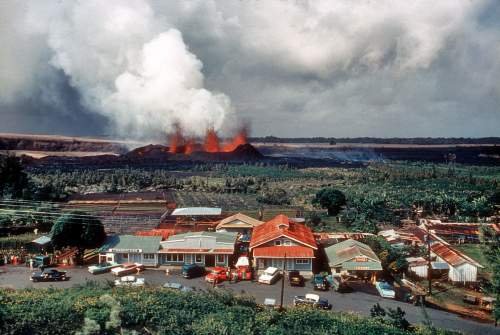I can't speak for adding geothermal to your existing house, but IMO it's a slam dunk for a new build. We did it two years ago, and I expect to break even on it within 5 more. Less if energy prices rise again. We have a big house, although we minimize heating and cooling upstairs (guest rooms). I've checked with neighbors with similar sized homes and regular HVAC systems (some electric, some propane), and we're paying 30-60% less per month. If we had been eligible (we were too early) for the federal tax credit we'd probably be ahead already.

As far as comfort, I have absolutely no complaints. Before we went with the system I talked to a number of people, because I was afraid we'd be looking at the old cold air heat pump heat. The air that comes out of the registers isn't as warm as our old natural gas system, but it's a lot warmer than the 70 degree air that came out of our old heat pump system. The house stays very comfortable.
We have a Waterfurnace system, and it's been very dependable so far. A couple of minor tweaks when it was first installed, but no more than I would expect on any system. We are on a well, so putting in that part of the system ( vertical closed loop) was a piece of cake. I suspect if you had to go with the horizontal loop, it would be a little more difficult, but not much (still talking new house installation). We have the same issues most systems do (needs humidifier in the winter), but overall I'm thrilled with it. We also have a de-super heater which captures heat from the cooling system and used it to heat our hot water, for additional energy savings.
Our neighbors are building their home next door as we speak. I suggested they do the geothermal, but they are cutting corners all over the place and never gave it a thought. I don't understand their thought process, with the federal and state tax breaks. I'll be interested to see (if I can) how their costs are, and how long it will be before they are on the wrong side of the savings curve. It's not like they're going to be able to flip it in the next couple years.
As far as the expertise of the installers, that is very important. But there are companies in our relatively rural area that have been installing these systems for 20 years. I would recommend using an experienced installer, but you shouldn't have a problem finding them.

